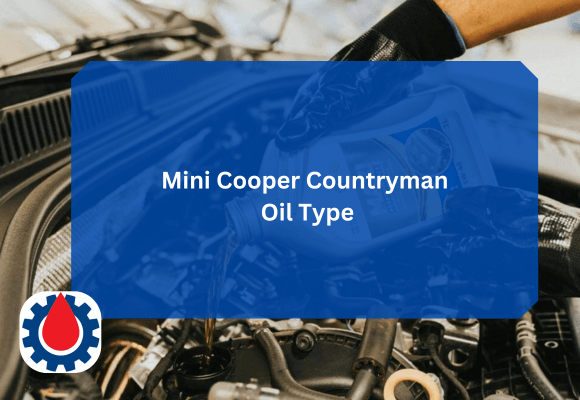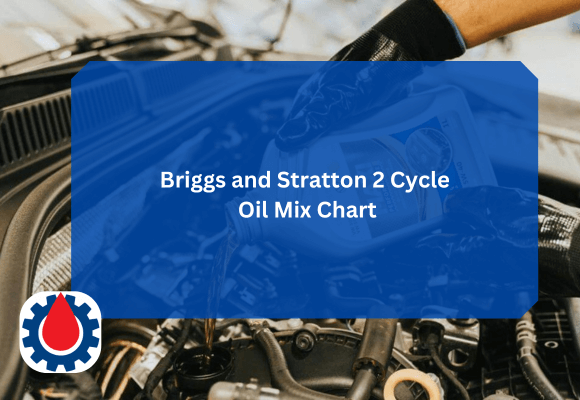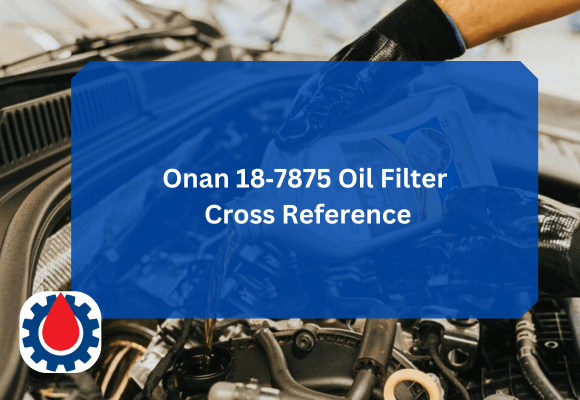Coolant color indicates the chemical formulation and type of corrosion inhibitor used. Using the wrong coolant can lead to engine damage, corrosion, or reduced performance.
The following engine coolant color chart helps you identify the right coolant type for your car, truck, or tractor.

Engine Coolant Color Chart
| Coolant Type | Color | Common Name / Standard | Notes |
|---|---|---|---|
| Inorganic Additive Technology (IAT) | Green | Traditional Ethylene Glycol | Older vehicles (pre-1990s); contains silicates/phosphates; requires frequent changes (2 years / 30,000 miles). Common in classic Ford, GM, Mazda, and Nissan. |
| Inorganic Additive Technology (IAT) | Dark Green | Prestone Conventional Green | Higher silicate concentration; suitable for older brass/copper radiators; not compatible with OAT types. |
| Organic Acid Technology (OAT) | Orange | Dex-Cool (GM), Texaco XLC | Extended life (5 years / 150,000 miles); no silicates/phosphates; used in GM, some Chrysler, and European cars. |
| OAT (Nitrated) | Red | Shell Longlife, Valvoline Zerex G30 | Carboxylate-based with nitrite; heavy-duty diesel, BMW, and Mercedes applications. |
| Organic Acid Technology (OAT) | Light Orange | Peak Long Life, Valvoline Zerex Dex-Cool | Universal OAT formulation; compatible with aluminum radiators; 5-year lifespan. |
| Hybrid Organic Acid Technology (HOAT) | Yellow | G-05 (Zerex), Ford Motorcraft Gold | Combines OAT with low silicates; 5 years / 150,000 miles; used in Ford, Chrysler, and older European models. |
| Hybrid Organic Acid Technology (HOAT) | Neon Yellow | Caterpillar ELC, Cummins ES Compleat | Diesel-grade HOAT with nitrites; suitable for high-load engines; 3–5 years. |
| HOAT (Phosphate-free) | Pink | Toyota Super Long Life, Honda Type 2 | Phosphate-free for Asian/European; 10 years / 150,000 miles; used in Toyota, Honda, Subaru. |
| HOAT (Phosphate-free) | Light Blue | Subaru Super Coolant, Mazda FL22 | Pre-diluted, phosphate-free; Japanese-specific extended life; up to 10 years. |
| HOAT (Silicate-free) | Purple | VW G13, Porsche 000 043 305 15 | Silicate-free, phosphate-buffered; latest VW/Audi/Porsche specification; backward compatible with G12++. |
| HOAT (Silicate-free) | Violet / Purple | VW G12++, Mercedes MB 325.5/325.6 | Silicate-free hybrid; used in 2010+ VW/Audi and some Mercedes models; long-life formulation. |
| Phosphated HOAT (P-HOAT) | Blue | Toyota Long Life Coolant (Blue), Honda Type 1 | Early Japanese P-HOAT; 3–5 years lifespan; some regions display as red coolant. |
| Phosphated HOAT (P-HOAT) | Red | Toyota Long Life Coolant (Red), Hyundai/Kia | Common in Asia; phosphate + organic acids; 2–5 years lifespan. |
| Silicated HOAT (Si-HOAT) | Turquoise | VW G11, Volvo Coolant VCS (Blue-Green) | Older European formulation; silicates + organic acids; 3–4 years lifespan. |
| Silicated HOAT (Si-HOAT) | Pink / Red | VW G12 / G12+, BMW N600 69.0 | Low-silicate hybrid formula; used in 2000s VW/Audi/BMW; long-life protection. |
| Nitrite Organic Acid Technology (NOAT) | Red | Shell Rotella ELC Nitrite-Free, Penray Pencool | Heavy-duty diesel coolant; nitrite-free extended life; 6+ years lifespan. |
| Heavy-Duty / Extended Service | Red / Pink | Final Charge, Fleet Charge, Cat ELC | For diesel engines with SCA additives; often red or pink; suitable for on- and off-road trucks. |
| Heavy-Duty Conventional | Green | Prestone Heavy Duty, Fleetguard Compleat | Traditional SCA coolant for diesel engines; requires additive maintenance; 2–3 years. |
| Universal / All-Makes | Gold / Yellow | Prestone All Vehicles, Peak Global | Compatible with most color types; meets G05/OAT specs; extended life (5 years). |
| Universal / All-Makes | Clear / Colorless | Peak 10X, Royal Purple Purple Ice | Concentrated universal formula; dye-free or minimal dye; check ratio before use. |
| Phosphated Organic Acid Technology (P-OAT) | Blue-Green | Hyundai Long Life Coolant, Kia Super Coolant | Mixed phosphate formulation; long life (10 years); factory-fill for Hyundai/Kia. |
| Hybrid OAT (Advanced) | Magenta | MAN 324 Si-OAT, Scania Coolant | Nitrite-free extended life coolant; for high-performance diesel/turbo engines; 5 years. |
| Silicated Hybrid OAT (Si-HOAT) | Silver | Mercedes MB 326.0, BMW N600 69.1 | For performance cars; silicate + benzoate protection; long-term aluminum protection. |
| Advanced HOAT (EV/Hybrid) | White | Tesla G-48, BMW i-Series EV Coolant | Phosphate-free, non-conductive fluid; designed for EV cooling systems; 10-year lifespan. |
| Advanced HOAT (Industrial) | Black | Caterpillar Extended Life Industrial Coolant | For heavy-duty equipment; borate + phosphate blend; prevents cavitation; 5–6 years. |
| Performance HOAT | Bronze | Valvoline HDX HOAT, Cummins Heavy-Duty | HOAT blend with molybdate; improved thermal stability; for diesel performance engines. |
| Organic Acid Technology (OAT) | Teal | Mazda Long Life FL22, Suzuki Extended Life | Phosphate-enhanced OAT; long-life 8–10 years; compatible with aluminum cooling systems. |
| Silicated HOAT (New Gen) | Lilac | VW G13 (2020+), Audi G13 Eco | Eco-friendly, glycol-based; silicate + organic additives; recyclable and long-life. |
| Marine / RV | Pink | Star brite -50°F, Camco RV Antifreeze | Propylene glycol-based; non-toxic; safe for potable water systems and marine use. |
| Motorcycle-Specific | Blue | Engine Ice, Motul MoCool | Propylene glycol or silicate-free formula; designed for high-performance motorcycles. |
| Motorcycle-Specific | Green | Honda Motorcycle Coolant, Yamaha Yamacool | Pre-diluted, silicate/phosphate-free; aluminum-safe and anti-cavitation protection. |
Related Car Engine Oil Color Chart(Color That Signals Immediate Danger)
Understanding Coolant Technologies
Coolants aren’t just colored water, they are advanced chemical mixtures designed to protect your engine. Here’s how the main types differ:
1. IAT (Inorganic Additive Technology):
Traditional green coolant that uses silicates and phosphates to protect metals. Works well in older cars but requires frequent changes.
2. OAT (Organic Acid Technology):
Modern formula that uses organic acids for corrosion protection. Found in Dex-Cool (orange) and similar long-life coolants.
3. HOAT (Hybrid Organic Acid Technology):
A blend of IAT and OAT properties is used in many Ford, Chrysler, and European vehicles. Available in yellow, red, gold, or purple colors.
4. P-OAT (Phosphated Organic Acid Technology):
A variation of OAT, used mostly by Japanese and Korean manufacturers, with phosphate-based inhibitors for aluminum protection.
Related Coolant Mix Ratio Chart(For All Coolant Types)
Why Coolant Colors Matter
While color can indicate the type, it’s not always a perfect guide. Different manufacturers may dye similar formulas with distinct shades. Always check your owner’s manual or the coolant cap label for the exact specification (e.g., Dex-Cool, G12++, HOAT).
Mixing incompatible coolants can:
- Cause chemical reactions lead to sludge or gel formation
- Reduce corrosion protection
- Increase the risk of overheating or leaks
Related PEAK Coolant Compatibility Chart(For All Products)
Tips for Checking and Maintaining Engine Coolant
- Inspect Regularly: Check coolant level and color every 3–6 months. A rusty or brown tint indicates corrosion.
- Use Distilled Water: When mixing concentrates, use distilled (not tap) water to avoid mineral buildup.
- Flush System Properly: Before switching coolant types, flush the entire system to prevent chemical contamination.
- Observe Temperature: If your car overheats, don’t open the radiator cap while hot, let the engine cool first.
- Follow Manufacturer’s Intervals: Replace coolant as specified (2–10 years depending on type).
Common Coolant Specifications by Brand
| Manufacturer | Coolant Type | Color | Recommended Product Name |
|---|---|---|---|
| GM | OAT | Orange | Dex-Cool |
| Ford | HOAT / Phosphated HOAT | Yellow / Gold | Motorcraft Gold / Orange |
| Toyota / Lexus | P-OAT | Pink / Red | Toyota Super Long Life Coolant |
| Honda / Acura | OAT | Blue | Honda Type 2 Coolant |
| Hyundai / Kia | P-OAT | Blue / Green | Hyundai Long Life Coolant |
| Volkswagen / Audi | Si-HOAT | Purple / Pink | G12++, G13 Coolant |
| BMW / Mini | HOAT | Blue / Turquoise | BMW Antifreeze Coolant |
| Chrysler / Jeep / Dodge | HOAT | Yellow | Mopar Antifreeze 10 Year Coolant |
| Subaru | OAT / P-OAT | Blue / Green | Subaru Super Coolant |
| Mercedes-Benz | Si-HOAT | Pink / Purple | MB Spec 325.6 / 325.7 |
Related 60/40 Coolant Mix Chart(Complete Guide)
Final Thoughts
Choosing the correct engine coolant color and type ensures your vehicle’s engine stays protected, efficient, and corrosion-free. Always follow your manufacturer’s recommendations, and when in doubt, match the existing coolant type rather than relying solely on color.
The engine coolant color chart above provides a helpful reference, but remember, chemistry matters more than color. Proper coolant maintenance can save you from costly repairs and keep your engine running smoothly year-round.




